Marc Martin is a photo and video artist based in between Paris and Berlin. His works focus on male illusions, ranging from poetry and pornography. We had the pleasure to feature his work on the latest edition of our Pornceptual MAG #3. For more uncensored pictures of Marc’s work, purchase the magazine here.
Marc, congratulations on the closing of your very successful exhibition “Fenster zum Klo” @ Schwules Museum. What motivated you to do this project?
“Fenster zum Klo” means “A view on Toilets”. I sought to present an overview of the hidden face of public toilets, and of their covert and transgressive role in society during the last century. These so-called sordid, filthy, stinky places were, equally and paradoxically, amazing centers of social activity. Gays, straights, trans people, libertines of all sorts, all rubbed elbows – and more – in these places; men of all ages, cultures, and religions. I wanted to give back to these institutions their just due; I wanted to sing an ode to their troubling mystery and sensuality.
I built this project equally around my artistic vision, around a serious historical analysis, but also around my own experiences. It was indeed to the public urinals of my provincial hometown that I owe my first sexual and sentimental discoveries – and I’ve never been ashamed of it. I knew very early in my life that I was attracted to boys, but the problem had always been finding other boys like me. I grew up in a time when the Internet didn’t exist, and where any homosexual presence was furtive and full of shame. These transient places gave shape and direction to my sexuality, they fed my impulses and passions, they satisfied my curiosity. Surely, urinals were no paradise, but they were no hell either.
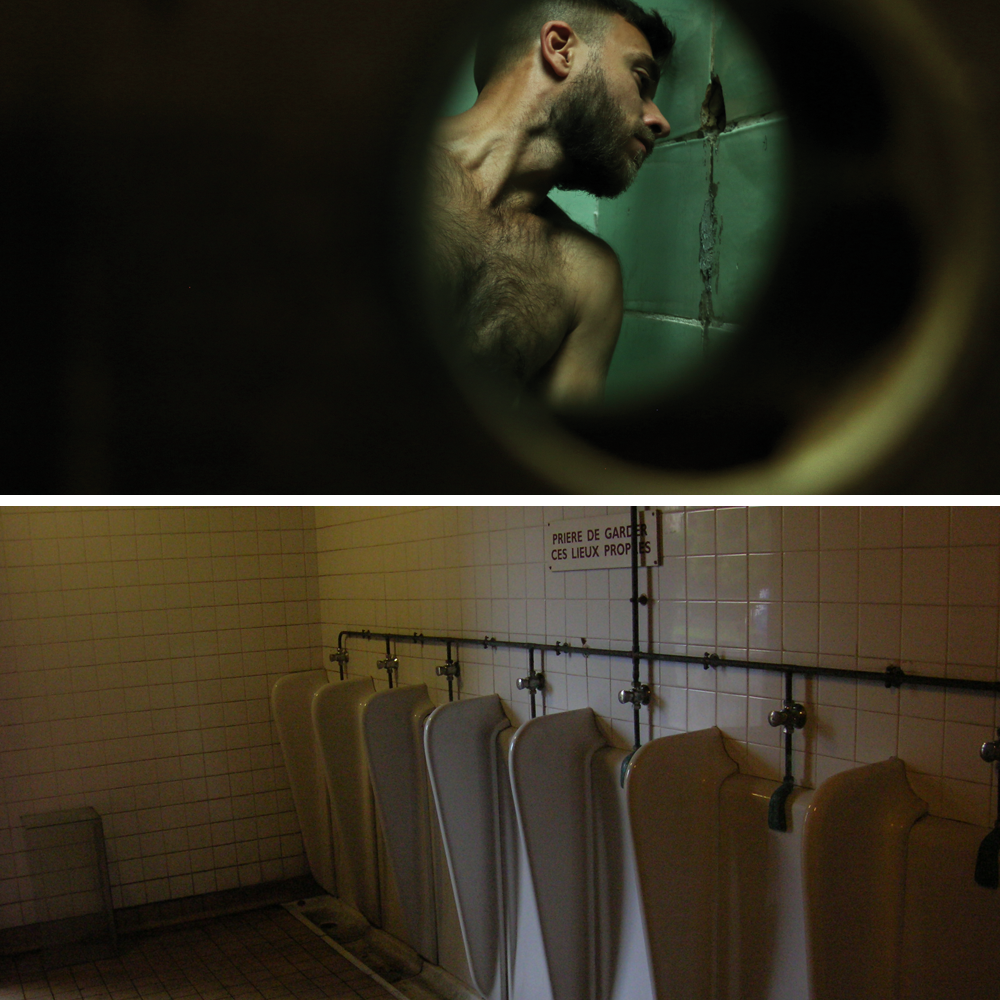
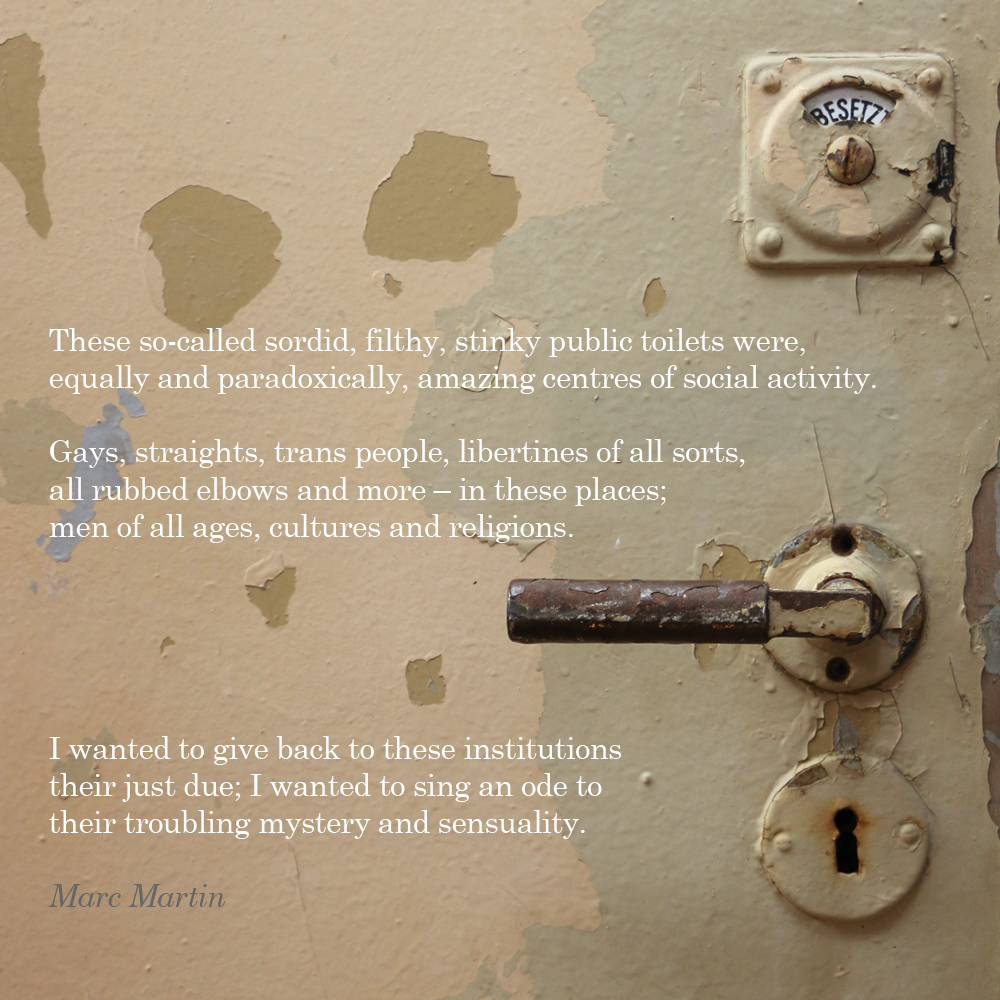
Why, as a photographer, did you dedicate a whole part of your exhibition to the graffiti found in the toilets?
I shot these images in Berlin, in an old public convenience that had been closed to the public for over 25 years. I was very touched to discover these cubicle doors covered in explicit graffiti, dating back to the 80s and 90s – an era devoid of the Internet but terrorized by the AIDS plague, that would decimate our community. These graffiti bear witness to the daily lives of people, like so many other traces of our past. Many, for whom homosexuality is but obscene and carnal, will see in this mere vandalism of public spaces. But I see the opposite – I see the élan of desire, the mating call of the other. Today, the wall of the few surviving public toilets are covered by racist and xenophobic political slogans – public hate. It’s sad… For, once upon a time, before the Internet, public toilets were a haven for public desire.
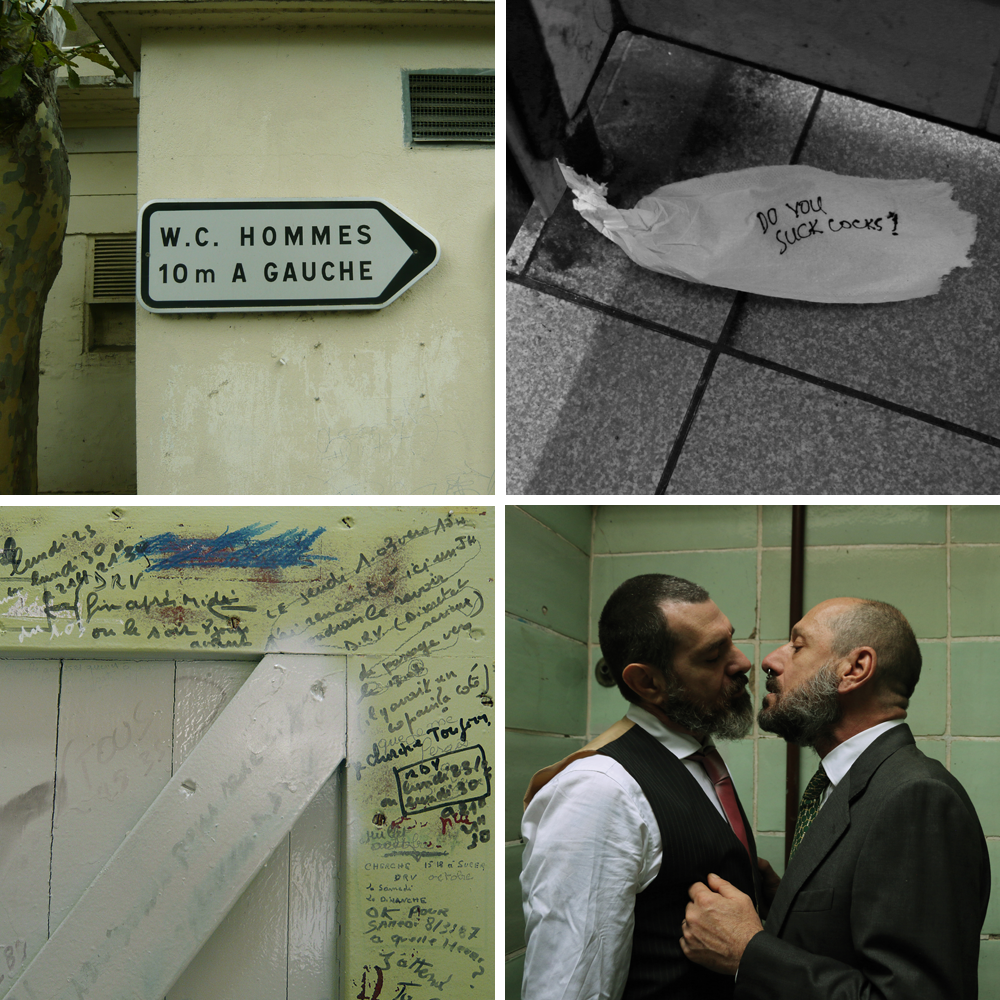
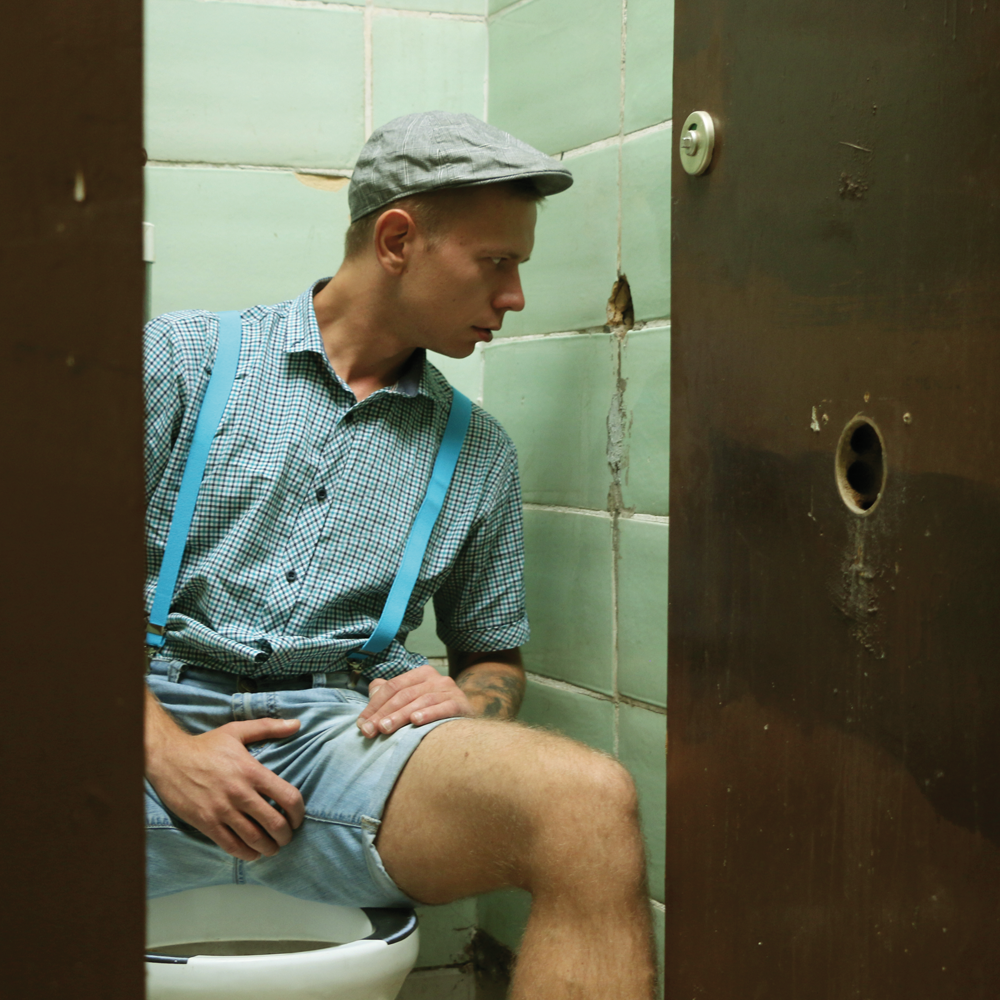
With the increasing popularity of hook up apps and online cruising platforms, will offline cruising spots persist or will they eventually become obsolete? Do you see them as a lasting part of the gay culture or as an isolated phenomenon connected to specific social contexts?
Outdoors cruising grounds have always been around – they are an intrinsic part of gay culture, if only because male sexuality is more linked to immediacy, to sex that is freer and more direct than might enjoy the rest of the population. Being on the periphery of the default society allowed, paradoxically, a certain sort of social control. I found public cruising to be fairly romantic… and its demise and dehumanization can’t be blamed exclusively on Internet hook-up apps. This sort of interlope urban set-up, once present in the very heart of cities, has slowly moved elsewhere, from the social periphery to the geographic periphery, and in the current security context, is bound to disappear altogether.
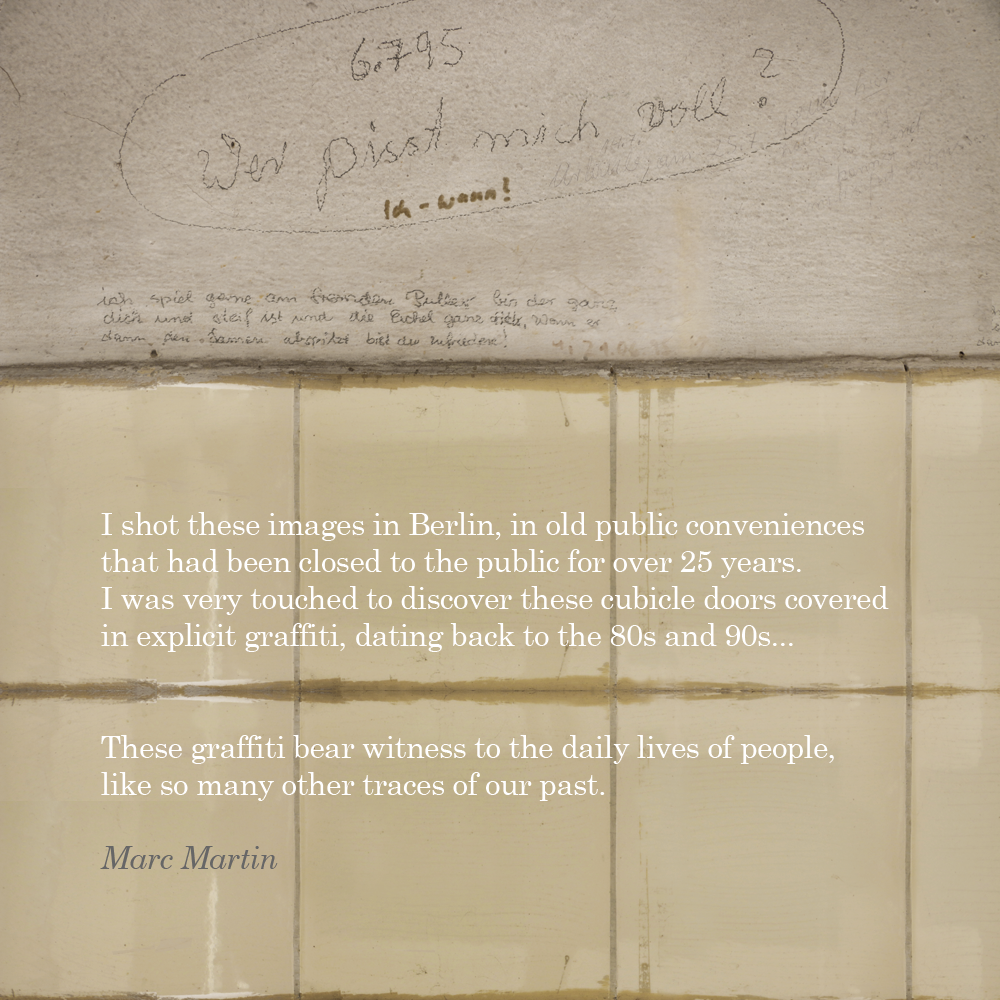
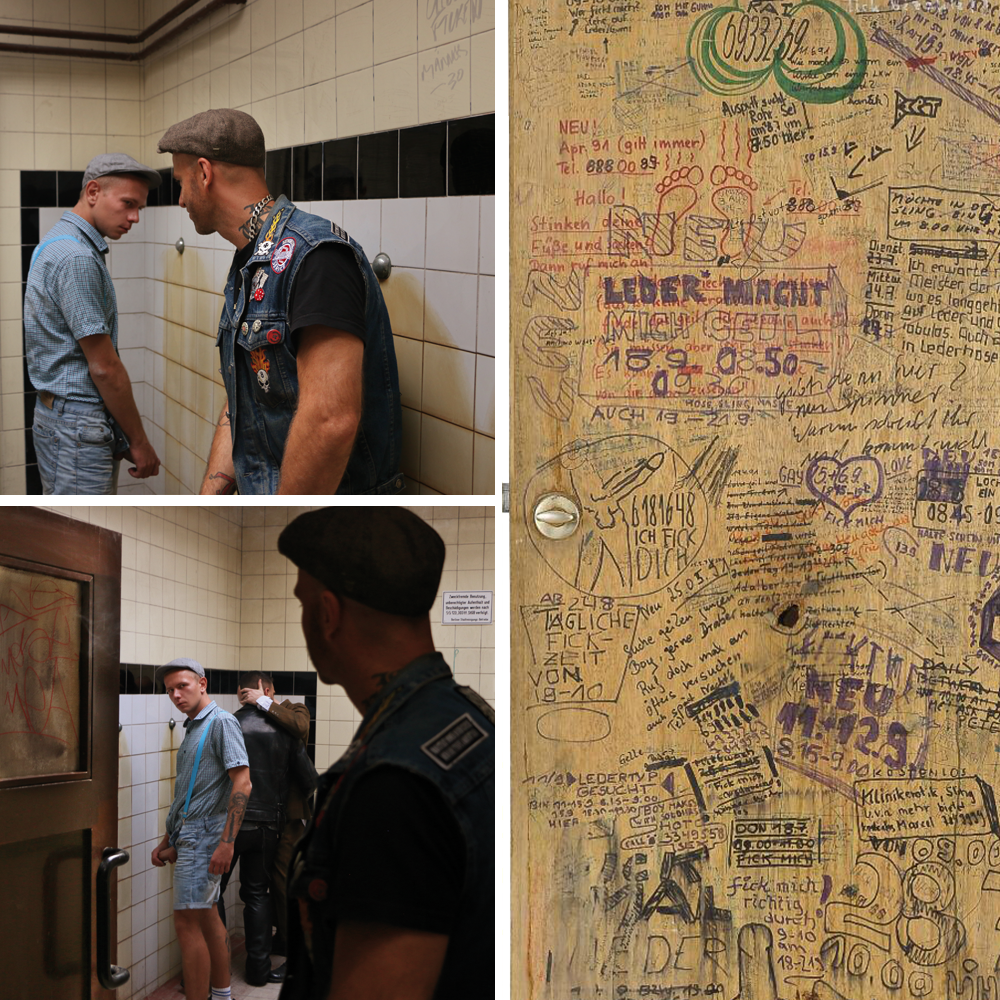
Do you believe that a pornographic work can become a social movement used to express political notions?
Pornography, surely, is but an armor protecting against what I’d call “ambient moroseness” – essentially, against puritanism. Most of the time it is the context that turns pornography into a political hot potato! Showing the intimacy of a physical connection, showing reality in all its diversity and splendor, is necessarily political. What defines pornography? Certain poses of well-dressed guys can be, to me at least, far more titillating than, say, photos of men sporting impressive hard-ons. In my photographs, I like to show male bodies, devoid of any arousal, all flaccid, and yet entirely pornographic in substance. I like to blur the distinctions between these sorts of codes; I like to reveal the ambiguity of established boundaries.
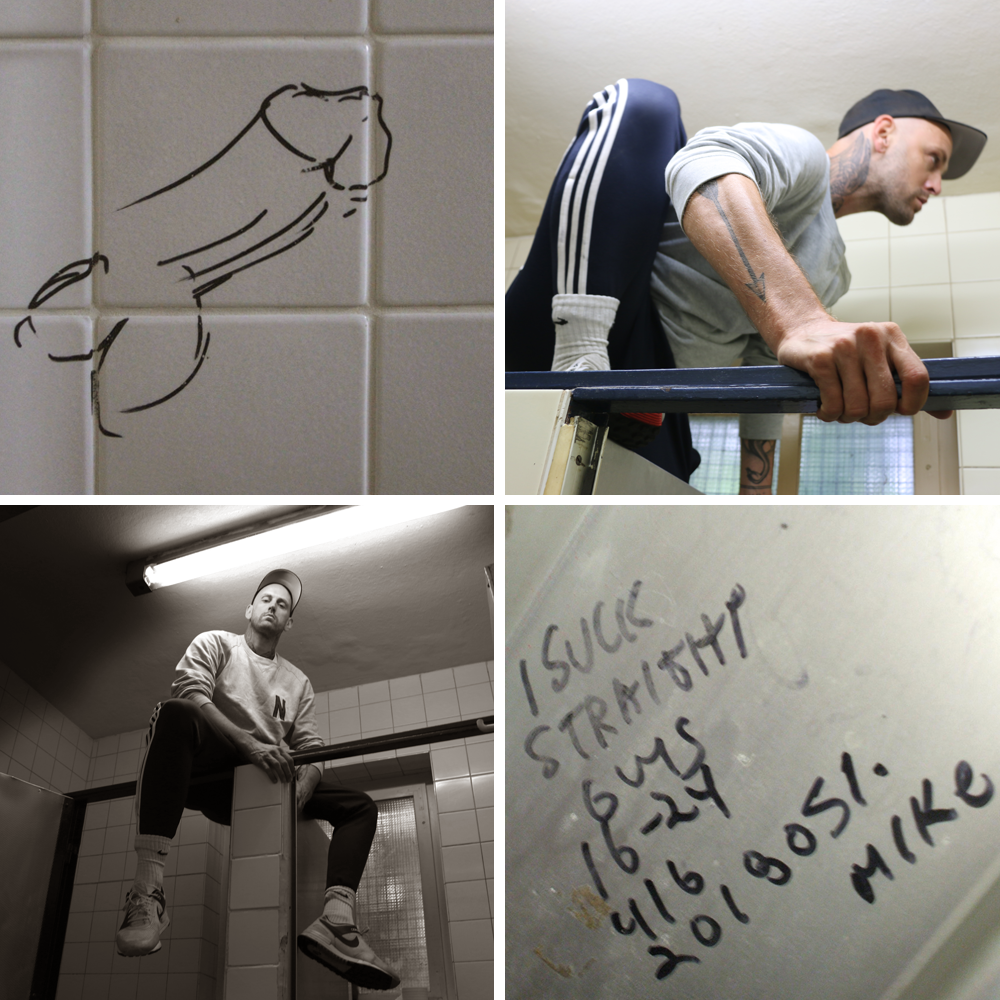
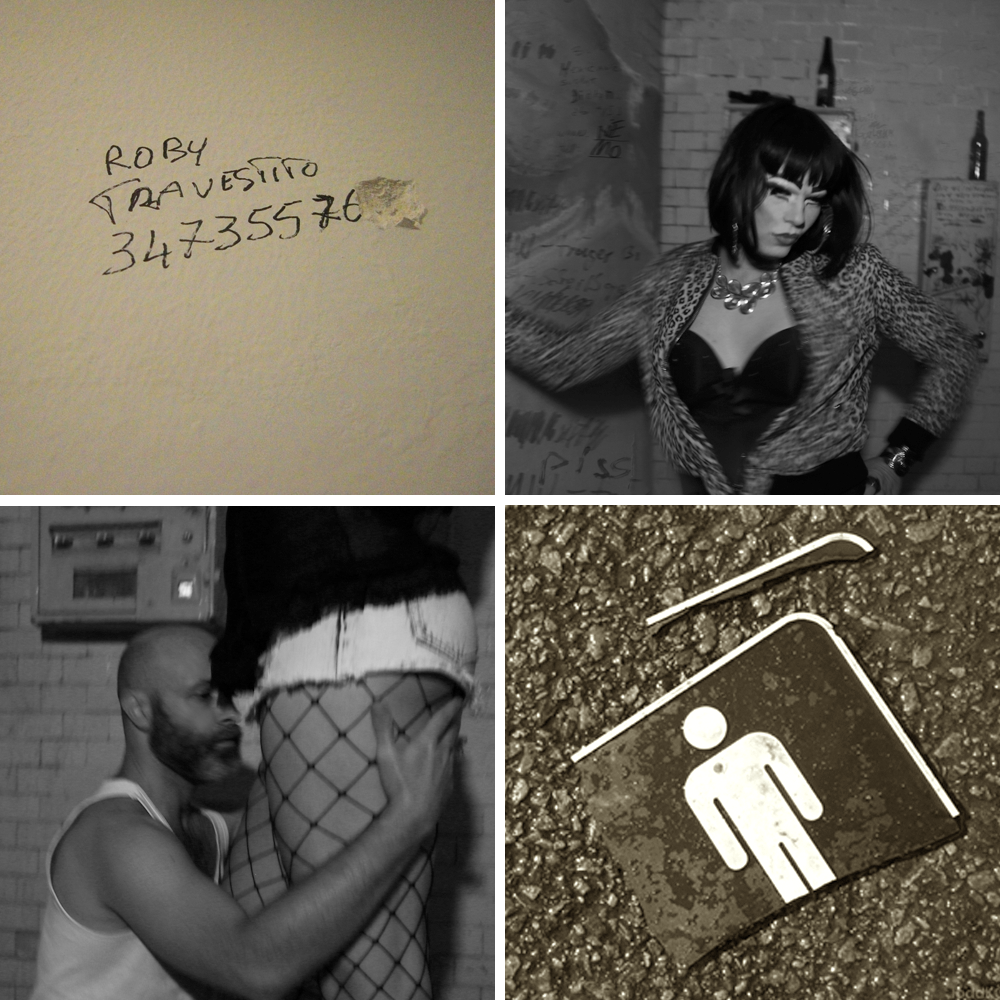
Would you describe your photos as a form of guerrilla? How far would you go to spread a political message?
My artistic thesis is militant only artistically! I demand the freedom to show, or not show, images which are sexually explicit, troubling, or on the margins of the normal and acceptable. In our excessively antiseptic world, presenting subjects that are taboo, filthy, shameful, is itself a form of militantism. This is what I aim for. Provocation for provocation’s sake isn’t my objective. I’ve been working for the past decade around fetishism, normal bodies, used bodies, sexual obscurity. Whenever I reveal ‘extreme’ practices, I always explore the authenticity, the reciprocity, the abandonment of norms and mores. I like to bring poetry into pornography; their crossroads cross all the time. I like pigs, and flowers too. I cherish my freedom to show this different perspective. My fight is against everything that restricts this freedom to see things differently. For me, sex is life — and true life is freedom.
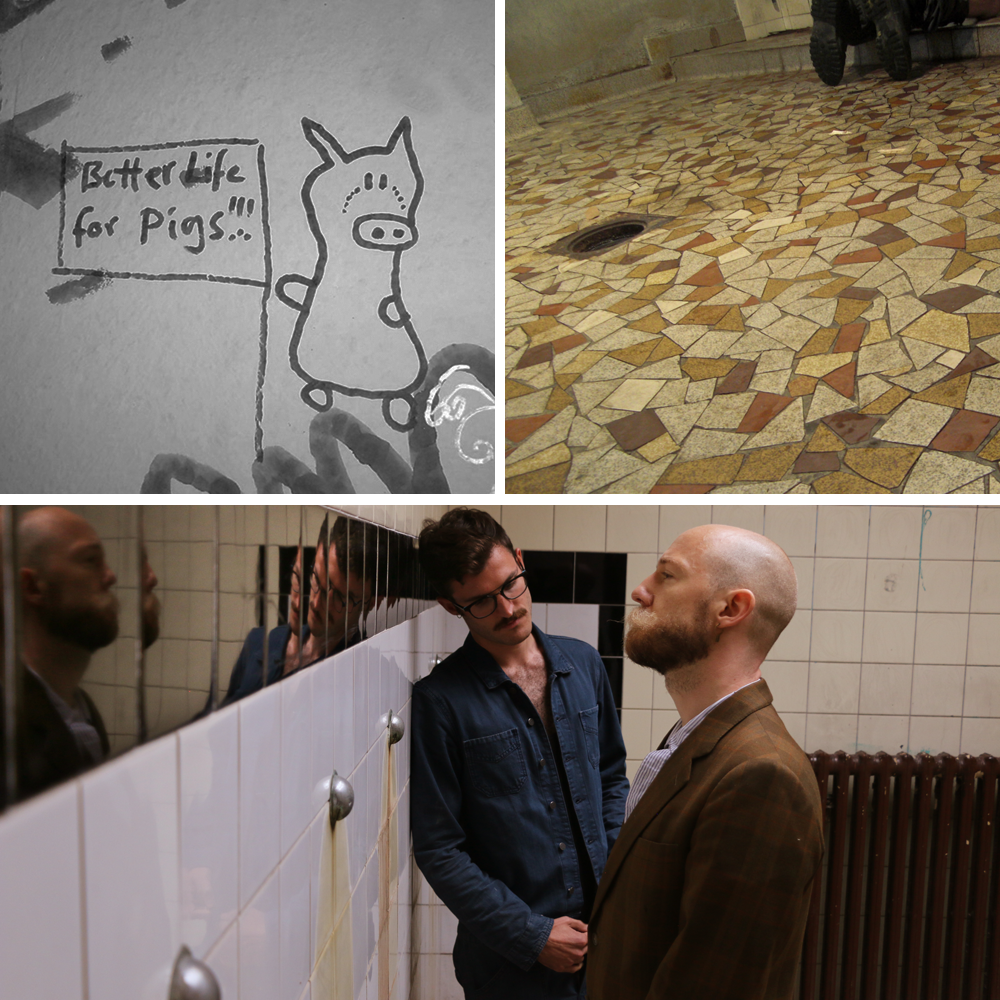
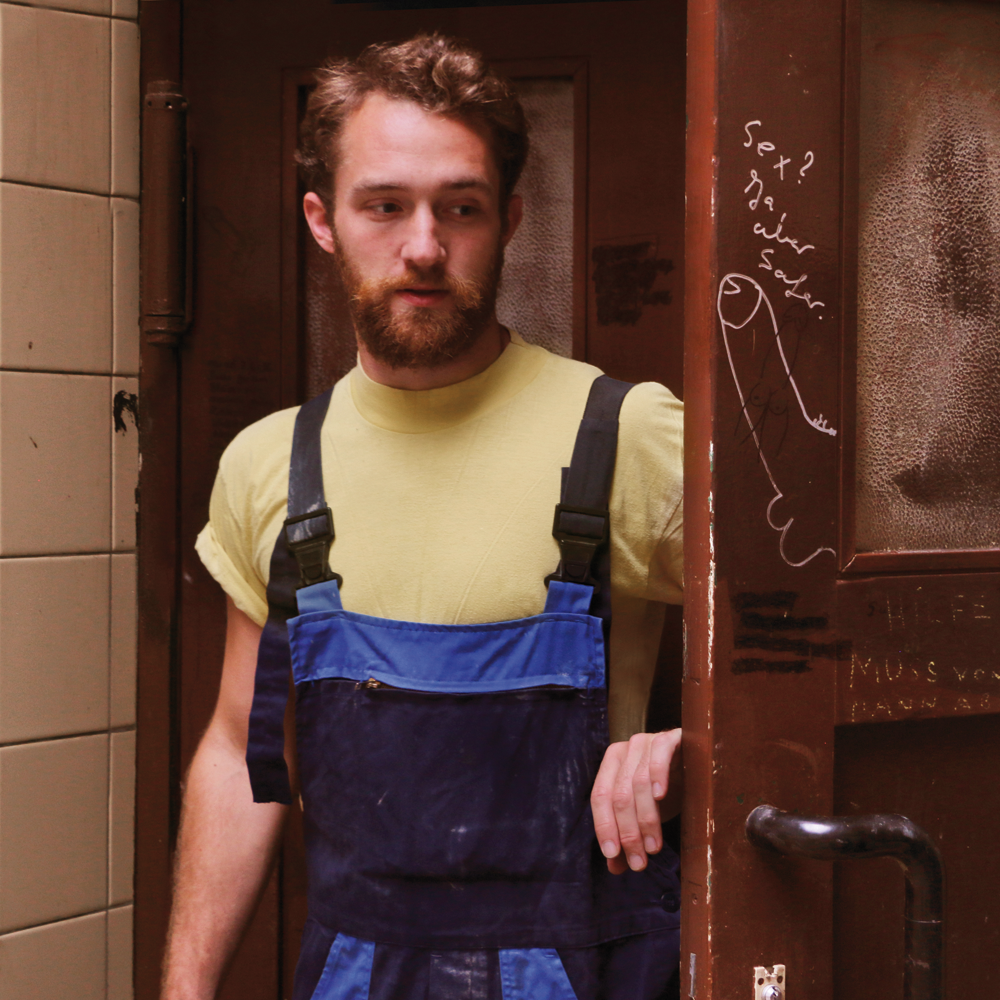
In one of your interviews, you state that queer people found freedom in cruising restrooms. Do you see bringing such a history to a museum as a political act on behalf of the queer community?
Bringing the urinal to a museum is a victory of sorts, my victory. That an LGBTIQ museum has given a home to my project is all then more significant precisely because this part of our history has been for so long synonymous with shame – even among the homosexual community. Many “modern queers” ignored all of these forgotten, or perhaps hidden, practices. Very often, men who met one another in such places were stigmatized as cowards… even though their actions were themselves an affront to the rules of civilized behavior in society. These men had the courage – not the cowardice – of taking ownership of their passions and desired and taking responsibility for their actions. I wanted to pay tribute to them. We mustn’t forget that homosexuality has long been forbidden in the eyes of the law. Public toilets, whilst manifestly “neutral” in nature, had been for generations a privileged place for meeting, for mutual discovery, for searching clandestinely an adventure with other men. Even today, public toilets have kept this transgressive role in countries where homosexuality is still illegal.
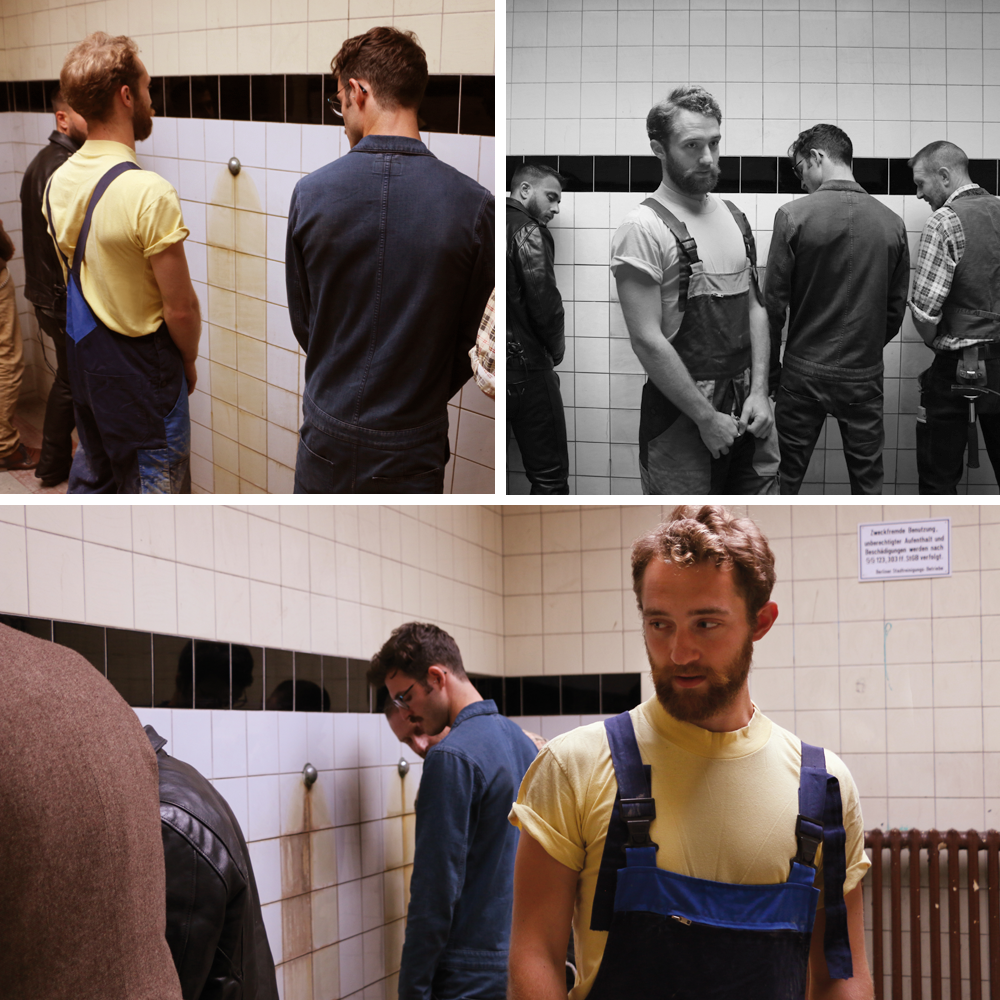
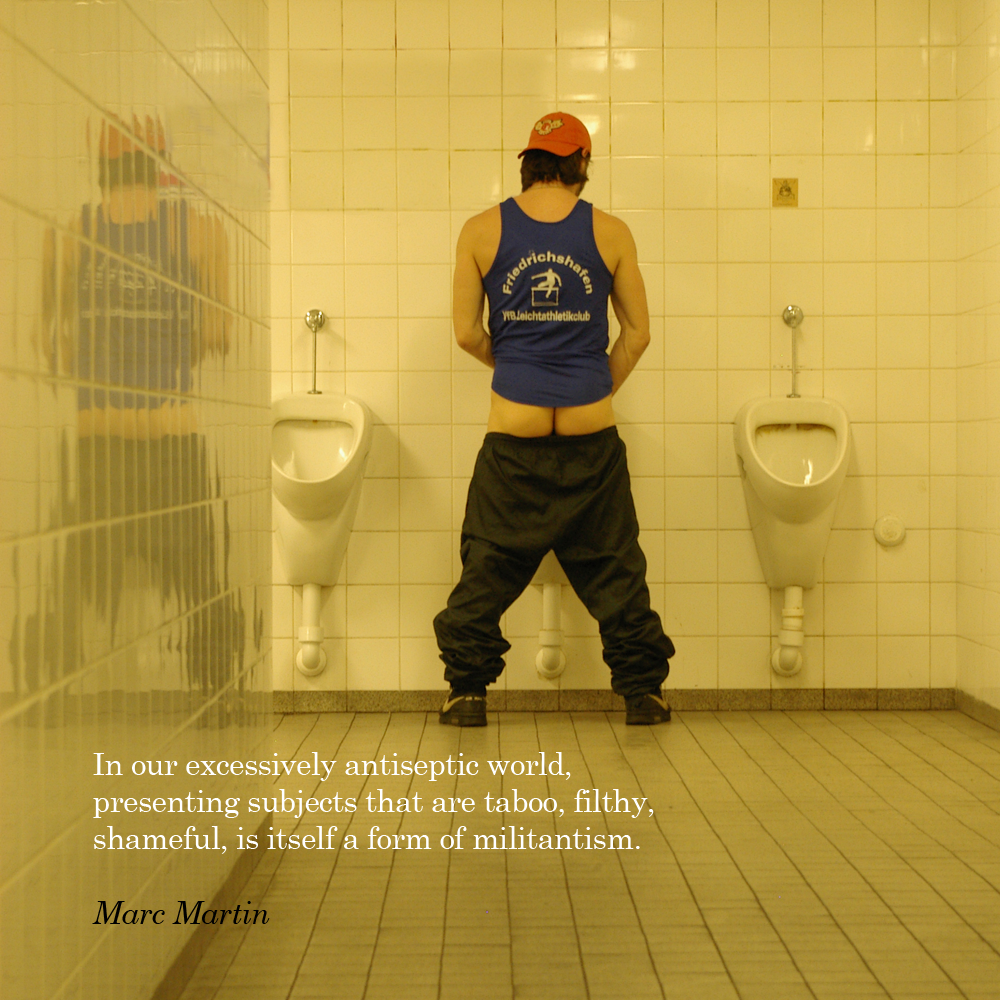
Most of your pictures illustrate men cruising in public toilets. Did you take the time to also research the history of female cruising?
For more than a century, public toilet cruising has been mostly a male thing, among other reasons because the aesthetics, the smells, the danger, associated with these places acted for many as an aphrodisiac; few women have become sufficiently sexually emancipated to adopt this sort of set-up. Yet, I have dedicated a chapter in the exhibition to women. It’s an unexpected perspective, and certainly an aspect with a tremendous wealth of iconographic artifacts available in various archives. In fact, the emergence of the public toilet in cities in the 19th century coincides with the emergence of the feminist movement. Women have demanded, very early on, the right to have a piss for free in their cities, on par with men! And alas, for a long time, they failed to be heard. Today, the emergence of no-gender toilets proves that the unusual history of public toilets remains is very much still on the agenda.
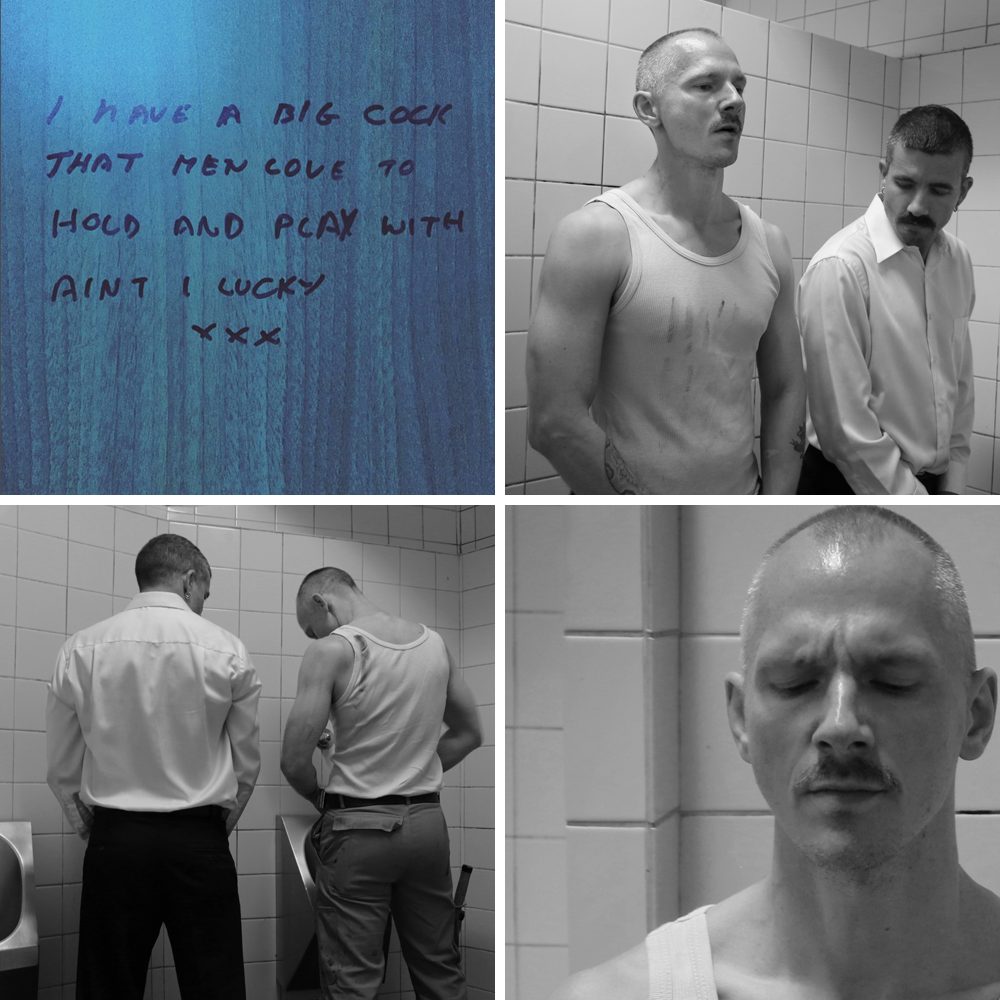
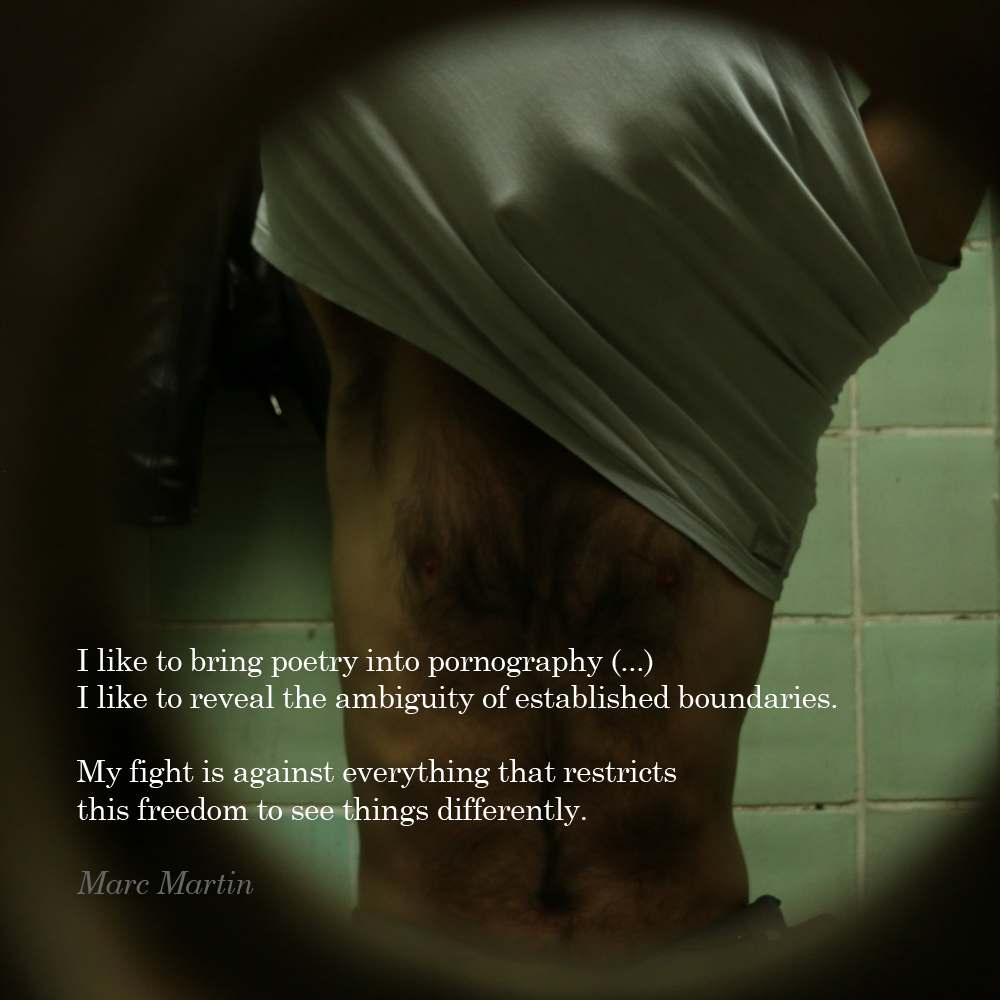
Leave a Reply